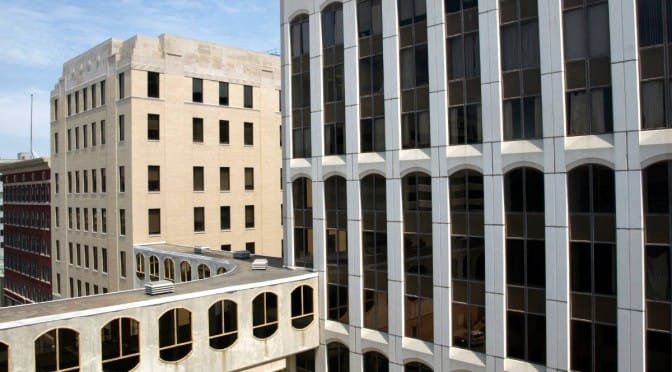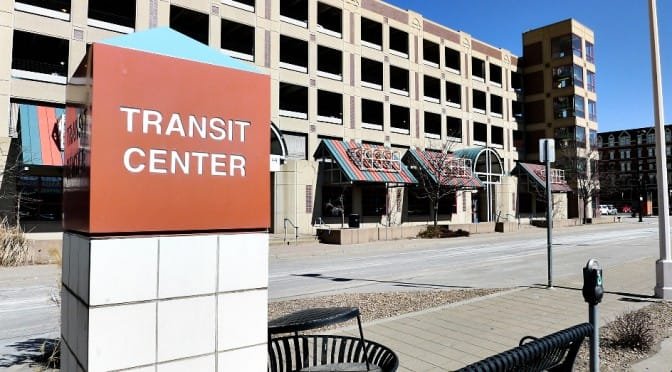Tag: Downtown Wichita revitalization
-

WichitaLiberty.TV: Examining surveys about the future of Wichita
In this episode of WichitaLiberty.TV: What do Wichitans want for their city’s future? Surveys from the City of Wichita and Kansas Policy Institute are examined.
-

Wichitans willing to fund basics
Wichita voters are willing to pay a higher sales tax for fundamentals like infrastructure and water supply, and less willing for business incentives, downtown development, and convention centers.
-

In Wichita, if you don’t like it, just don’t go there
As Wichita city officials prepare a campaign to raise the sales tax in Wichita, let’s recall some council members’ attitude towards citizens.
-

WichitaLiberty.TV: Government planning, taxes, and carbon
The City of Wichita held a workshop where the Community Investments Plan Steering Committee delivered a progress report to the city council. The document holds some facts that ought to make Wichitans think, and think hard. Then: What is the purpose of high tax rates on high income earners? Finally: Advances in producing oil and…
-

As landlord, Wichita has a few issues
Commercial retail space owned by the City of Wichita in a desirable downtown location was built to be rented. But most is vacant, and maintenance issues go unresolved.
-

Economic development in Wichita, steps one and two
Critics of the economic development policies in use by the City of Wichita are often portrayed as not being able to see and appreciate the good things these policies are producing, even though they are unfolding right before our very eyes. The difference is that some look beyond the immediate — what is seen –…
-
In Wichita, a tale of two cash registers
In Wichita, why do some pay taxes, and others don’t?
-
Downtown Wichita tax base: Growing?
There’s been much investment in downtown Wichita, we’re told, but the goal of increasing the tax base is farther away rather than closer.
-
Should Wichita expand its convention facilities?
Wichita city leaders seem prepared to seek economic development through convention business.
-
Wichita contracts, their meaning (or not)
Is the City of Wichita concerned that its contracts contain language that seems to be violated even before the contract is signed?
-
Wichita performs a reference check, the video
Citizens of Wichita are rightly concerned about whether our elected officials and bureaucrats are looking out for their interests, or only for the interests and welfare of a small group of city hall insiders
-
Wichita performs a reference check, sort of
Citizens of Wichita are rightly concerned about whether our elected officials and bureaucrats are looking out for their interests, or only for the interests and welfare of a small group of city hall insiders.